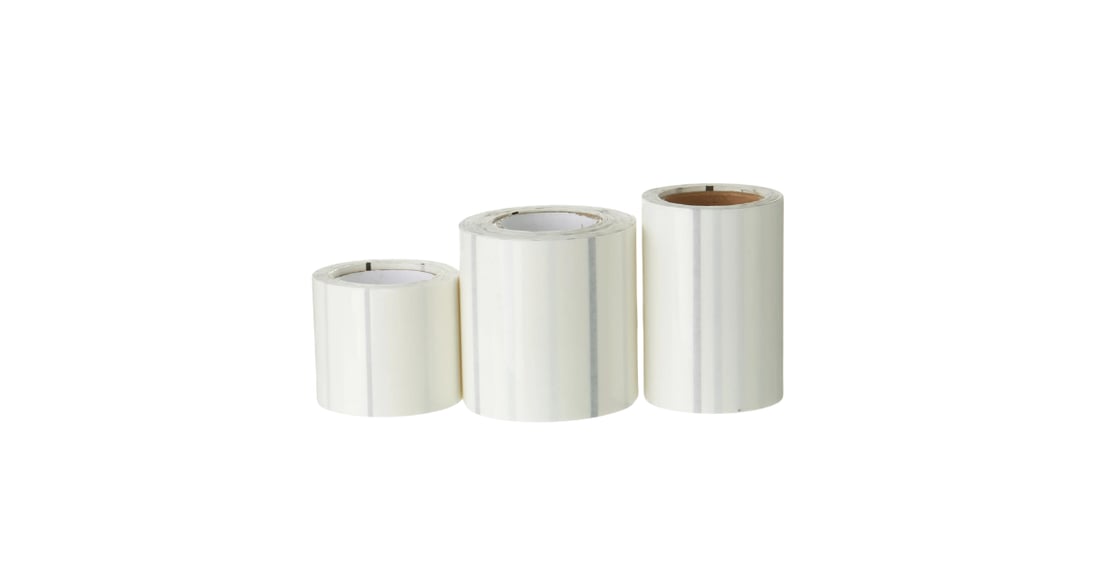Self-Adhesive Materials: Properties, Types, Applications and Benefits
The industrial markets require a variety of technologies and materials for different purposes. One of the most commonly used material that has proved to be versatile and useful is self-adhesive materials. Self-adhesive materials are available in a wide range of forms and functional applications. They have gained popularity in recent years because of their quick, easy, and inexpensive application methods to a variety of surfaces. This article will introduce self-adhesive materials, its properties, types, applications, and benefits.
Properties of Self-Adhesive Materials
Self-adhesive materials are materials with the ability to stick to a surface without any external adhesive or glue. They are made of a substrate layer, an adhesive layer, and a release layer. The adhesive layer creates a bond between the substrate and the surface. The release layer protects the adhesive until it is ready for use. Self-adhesive materials have excellent adhesion properties, are durable, and are resistant to water, heat, and other environmental factors.
Types of Self-Adhesive Materials
Self-adhesive materials are very diverse and come in a variety of forms, some examples are as follows:
Pressure-Sensitive Adhesive Materials
These materials are designed to adhere to any surface when pressure is applied. They are commonly found in labels, tapes, and stickers.
Heat-Activated Self-Adhesive Materials
These materials become adhesive when heat is applied to them. They are commonly found in industrial applications, such as packaging.
Cohesive Self-Adhesive Materials
These materials bond to themselves when they are wrapped around an object. They are commonly found in medical applications, such as bandages.
Magnetic Self-Adhesive Materials
These materials are designed to stick to metallic surfaces. They are commonly found in signage and display applications.
Applications of Self-Adhesive Materials
The versatility of self-adhesive materials means that they can be applied to many different products and industries. Some of the common applications include:
Labels and Stickers
Self-adhesive labels and stickers are commonly used in packaging and product identification.
Signage and Graphics
Self-adhesive materials can be used to produce long-lasting signage and graphics for indoor and outdoor use. They are used for vehicle wraps, wall graphics, decals, and more.
Medical and Healthcare
Self-adhesive materials are used in many medical and healthcare applications like bandages, wound dressings and drug delivery.
Construction and Engineering
Self-adhesive materials are used to seal joints and gaps in building and construction industries. They are used for roofing, flooring, and many more applications.
Benefits of Self-Adhesive Materials
Self-adhesive materials have several benefits, some of them are as follows:
Easy and Quick Application
Self-adhesive materials can be easily and quickly applied, saving time, labour, and costs.
Long-Lasting
Self-adhesive materials have excellent durability properties and can withstand environmental and mechanical impacts.
Versatility
Self-adhesive materials can be used in many different applications in different industries, making them a versatile solution.
Clean Removal
Self-adhesive materials can be cleanly removed without leaving any residue on the surface.
Conclusion
Self-adhesive materials have proven to be a versatile and cost-effective solution for numerous applications. With a range of forms and functional applications, this material has great benefits like quick and easy application, durability, versatility, and clean removal. Therefore, self-adhesive materials have continued to be a popular choice in many industries.

